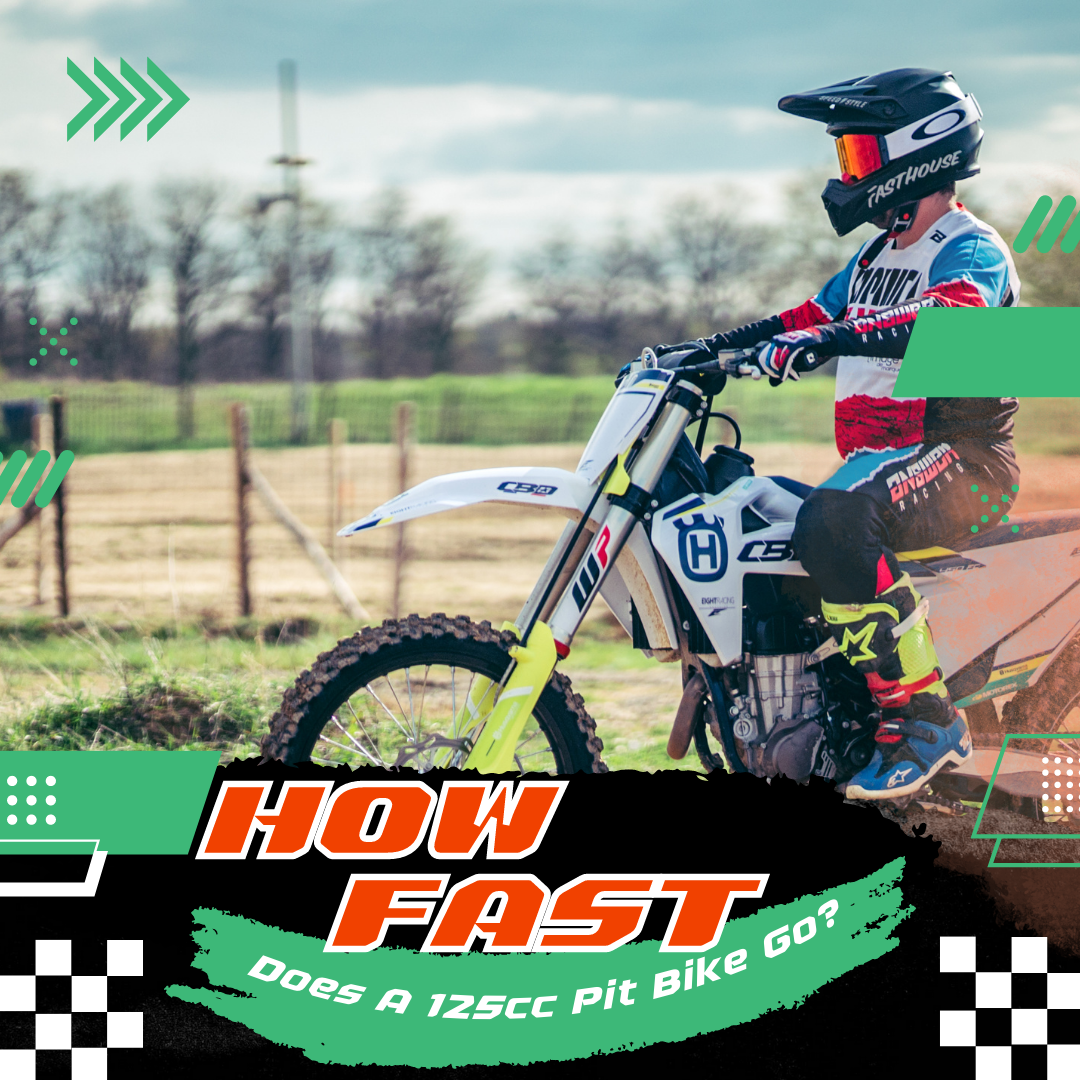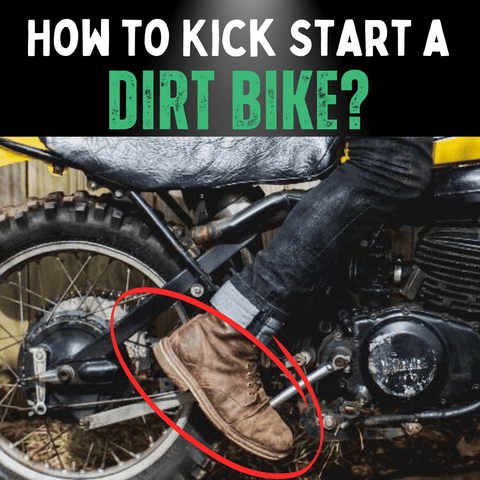
Published: June 29, 2023
Updated: March 26, 2025
How fast can a 125cc pit bike go? Typically, 55-60 mph, with some reaching up to 100 mph!
Let’s explore what affects speed in 2025—check out the Onemoto collection.
Average Speed of a 125cc Pit Bike
A 125cc pit bike averages 57.5 mph, with a range of 55-60 mph under typical conditions. Some modified bikes can hit 100 mph, but that’s not standard. Curious about a 140cc? Find out here.
Factors Affecting Speed
Track Conditions
- Rough Tracks: Bumpy or uneven surfaces slow the bike by increasing resistance.
- Smooth Tracks: Well-maintained tracks allow higher speeds with better traction.
- Surface Type: Loose dirt or gravel reduces speed; hard-packed tracks boost it—UK riding spots.
Rider Experience
Experienced riders can push a 125cc pit bike to its limits, while beginners may struggle to reach top speeds. Skill also affects acceleration—troubleshoot choke issues
Sprocket Gearing
Gear ratios impact speed. A 14-tooth front and 42-tooth rear sprocket (3:1 ratio) balances acceleration and speed. A larger rear sprocket boosts top speed but slows acceleration—find the right bike size.
Rider Weight
Heavier riders reduce top speed due to increased load, while lighter riders can accelerate faster and reach higher speeds.
Stroke Type
Two-stroke engines often hit higher speeds with quicker acceleration, while four-strokes offer smoother power but slightly lower top speeds—kick-start guide.
Weather Conditions
- Cold Weather: Denser air boosts power but reduces tyre grip.
- Hot Weather: Less dense air lowers power; watch for overheating.
- Wind: Headwinds slow you down; tailwinds help increase speed.
- Rain: Reduces traction, impacting speed and control.
Maintenance Tips for Max Speed
- Oil Changes: Every 20-30 hours with quality oil—avoid backfiring.
- Air Filter: Clean every 5-10 hours to ensure airflow.
- Spark Plug: Check every 10-20 hours; replace if worn.
- Chain Care: Lube every 5-10 hours for better power transfer.
Keep your pit bike in top shape for peak performance!
Conclusion
A 125cc pit bike’s speed—averaging 57.5 mph—depends on track conditions, rider skill, gearing, and more.
With proper maintenance and adjustments, you can maximize performance in 2025!
FAQs
How can I increase my pit bike’s speed?
Adjust sprocket gearing (larger rear sprocket), reduce weight, and maintain the engine—compare with a 160cc.
Is it safe to ride at top speed?
Only if conditions and your skill allow—wear gear, follow laws, and stay within your limits.
How does tyre pressure affect speed?
Under-inflated tyres increase resistance, slowing you down; over-inflated ones reduce traction—fix flats fast.
Ready to Ride? 🚀
Loved “How Fast Does A 125cc Pit Bike Go?” Want more bike insights?
Visit RiiRoo.com or chat live with us for ride-on fun!







Share:
What is The Maximum Height for Go Karting in 2025?
What Does CC Mean in Motorcycles? Learn About CC in Bikes?